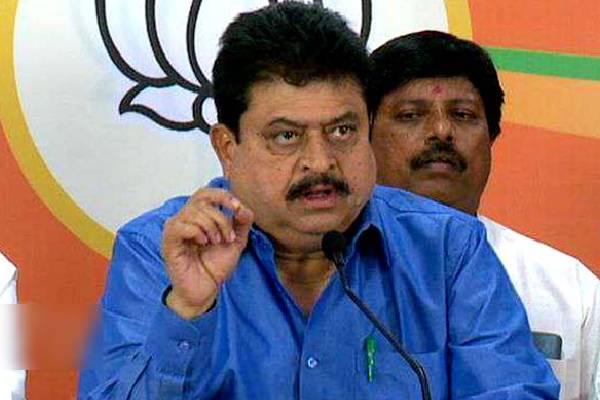Demonetisation
-
Prof.K.Nageshwar: Two Years after Demonetisation : How Modi’s Claims proved to be Farcical November 20, 2018

-
Actor Prakash Raj wants apology for note ban November 8, 2017

-
Demonetisation’s short-term costs were high, long-term benefit doubtful November 7, 2017

-
Demonetisation may have hurt more than it helped September 2, 2017

-
99% of the demonetised notes back into the banking system August 30, 2017

-
90% of scrapped notes back in system, big dividend unlikely December 28, 2016









